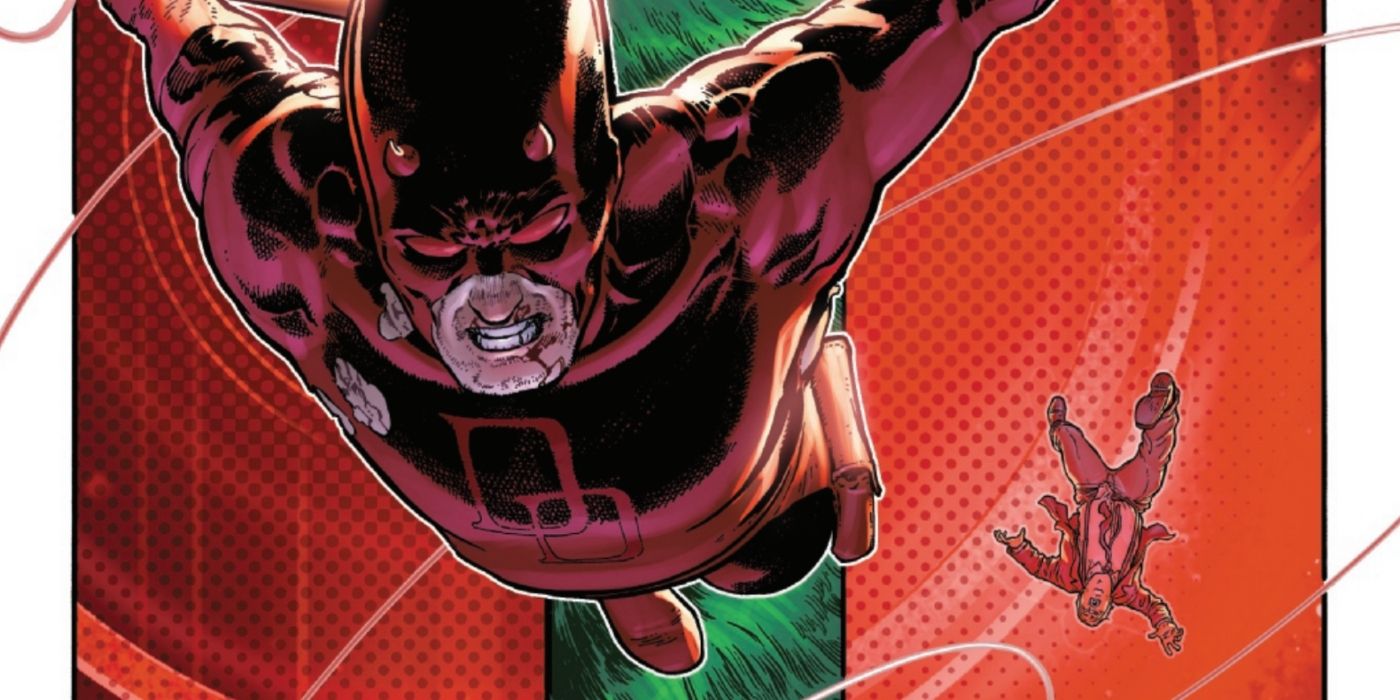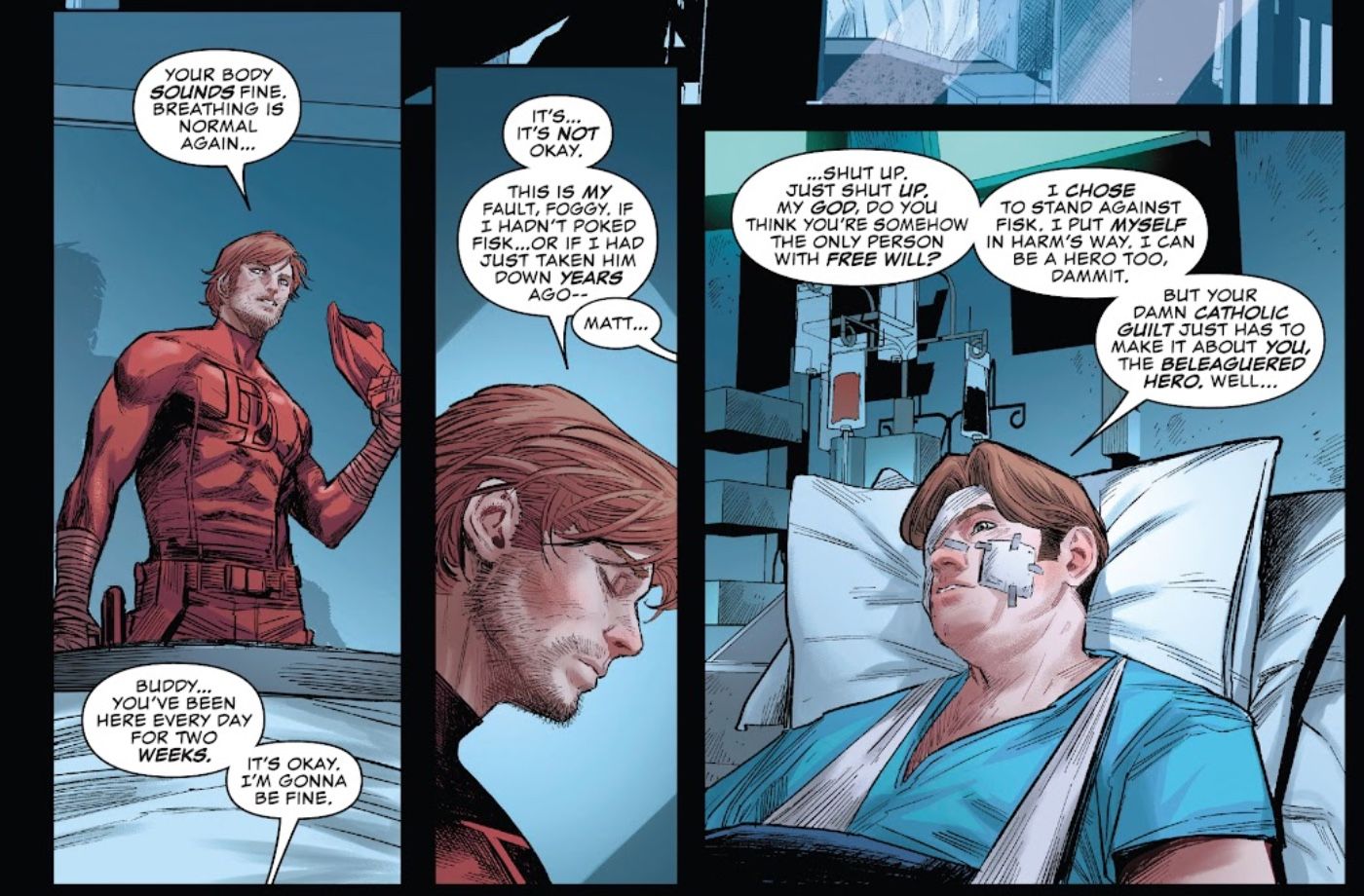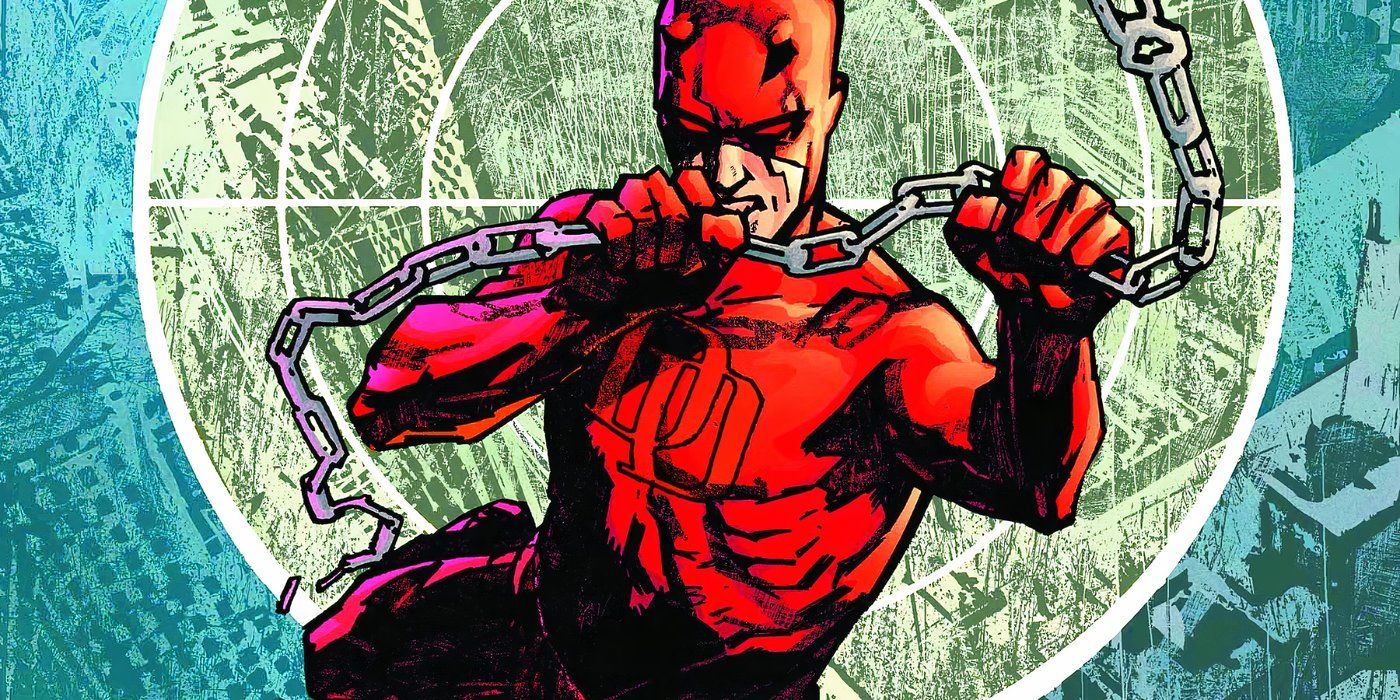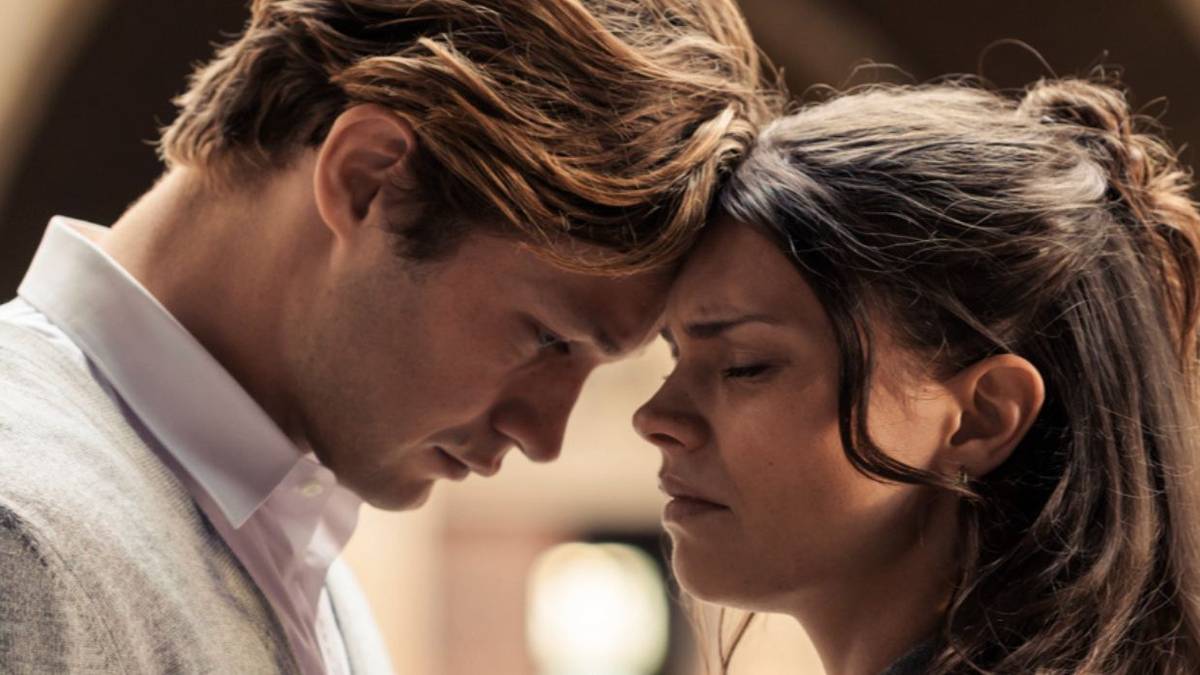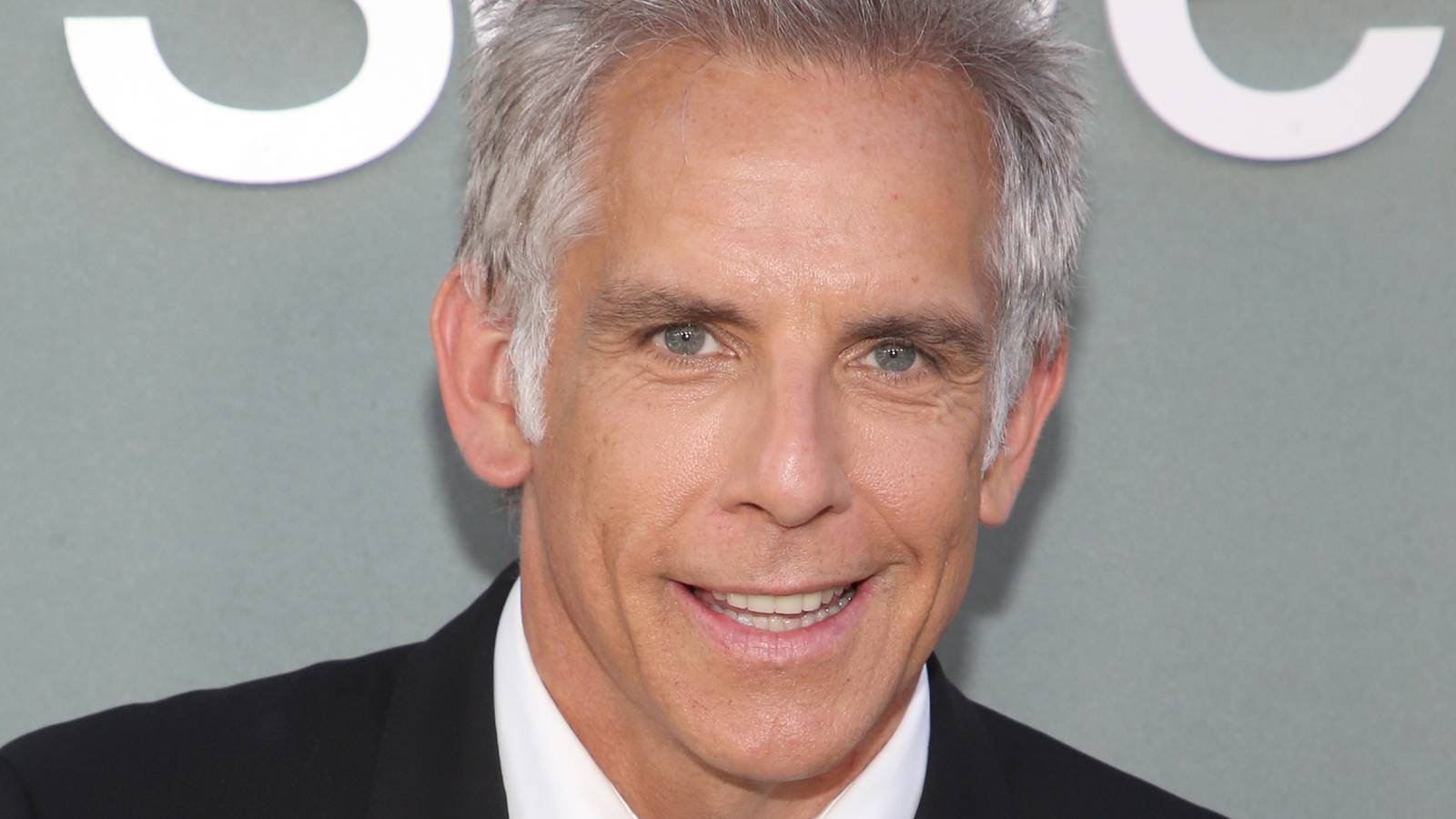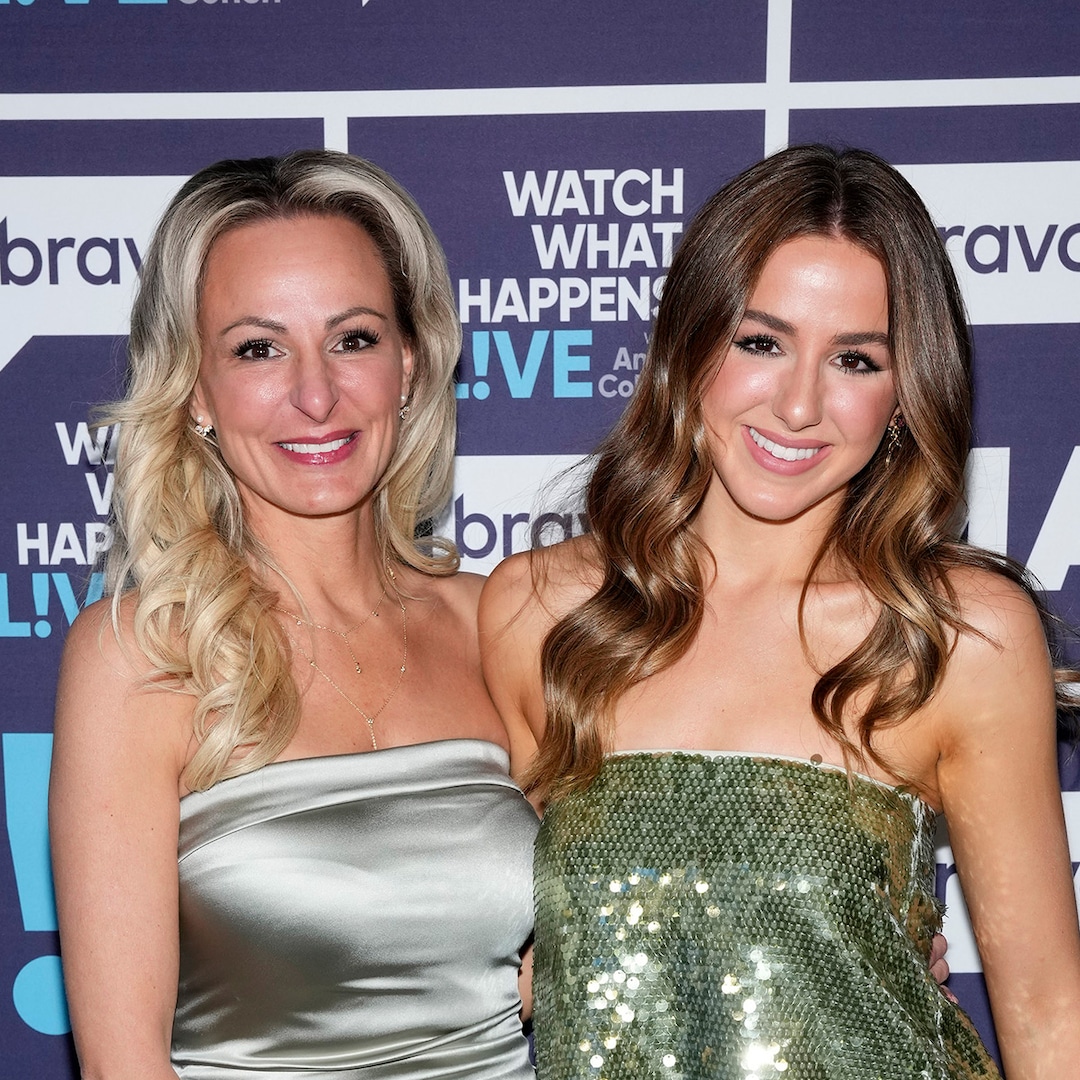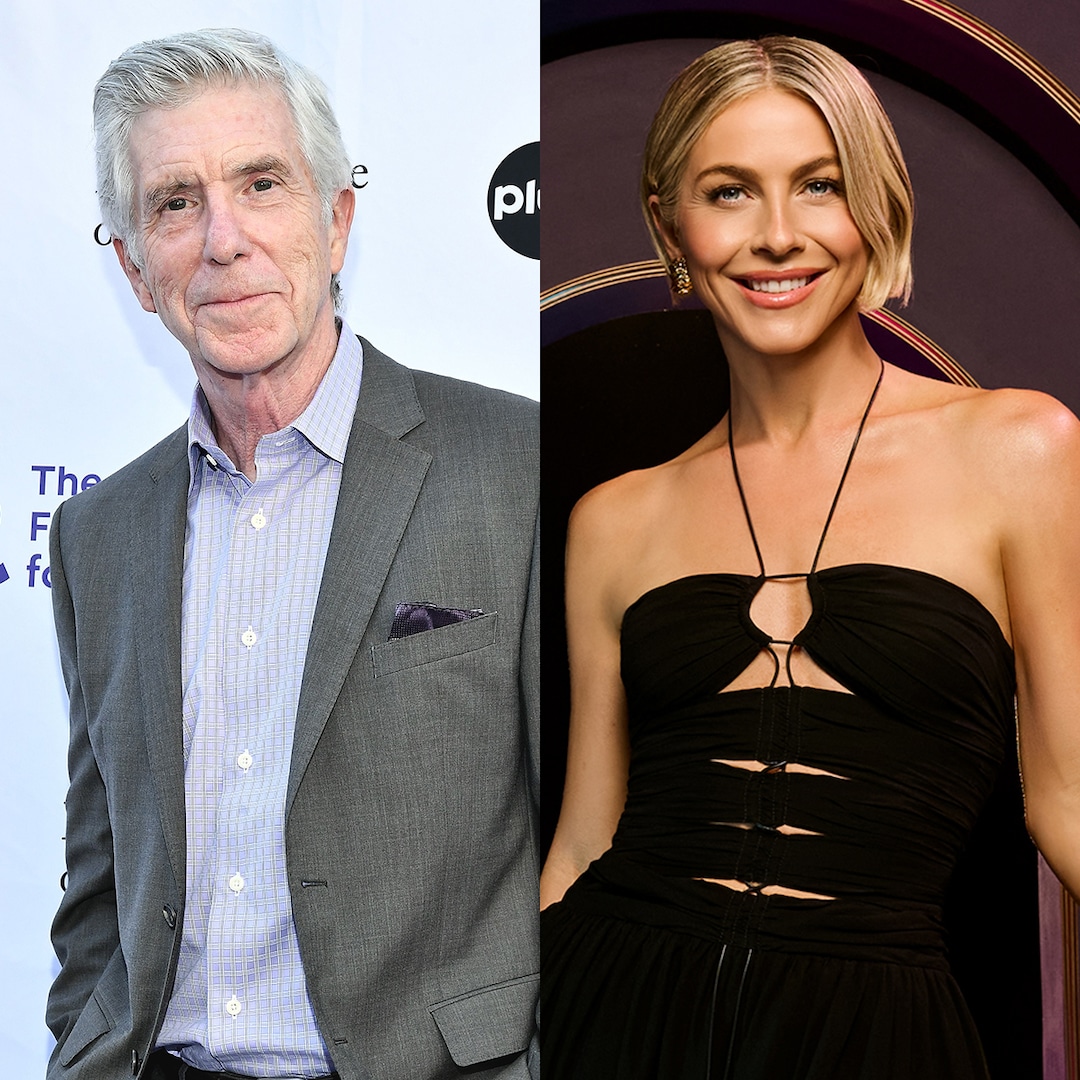Warning: Spoilers for Daredevil #19!As one era closes, another opens for Daredevil. For the better part of the last two years, Matt Murdock has been plagued by the Seven Deadly Sins. In bringing his Catholicism – specifically, his long-running Catholic guilt – to the forefront, the storyline saw Matt trade his lawyer’s license for the cloth, officially becoming a priest in Marvel lore.
Daredevil #19 by Saladin Ahmed and Aaron Kuder marks the end of Father Matt’s priesthood, as well as the end of his Seven Deadly Sins arc as he encounters Wrath. As he says goodbye to Father Javi and the children of the Saint Nicholas Youth Center, which he was running as a priest, one child’s final words to him put into perspective exactly the kind of hero Daredevil is: “You messed up pretty bad… but I know you tried your best.”
In this and previous eras, Daredevil continues to make mistakes, but he always tries. He must make peace with that as he enters his next era.
No Matter His Role in Marvel Comics, Daredevil Is a Hero Because He Always Tries His Best
Daredevil #19 by Saladin Ahmed, Aaron Kuder, Jesus Aburtov, and Clayton Cowles
In the previous era of Daredevil by Chip Zdarsky and Marco Checchetto, Matt Murdock sacrificed his life to stop the Beast after inadvertently strengthening the Hand as the King of the Fist. His becoming the Hand of God was enough to redeem himself and to earn a second chance at life, returning among the living with no memory of his superhero life. Rechristened as Father Matt, Murdock’s life is abruptly forced back into the status quo when he’s hunted by the Seven Deadly Sins, eager to bring Daredevil back to Hell.
To conquer his sins, Daredevil must recognize and conquer his worst character traits.
Through this arc, he isn’t just battling manifestations of the Seven Deadly Sins, but manifestations of Daredevil’s own sins. Each sin represents the flaws he’s carried as a character for the better part of sixty-one years, ever since making his first appearance. To conquer his sins, Daredevil must recognize and conquer his worst character traits. For instance, before combating Wrath, he is met with Pride, who possessed Foggy Nelson ahead of his MCU return.
Daredevil doesn’t defeat Pride with his fists or a swift counter, but by accepting defeat in the courtroom. Upon being forced to become a lawyer again, Pride (as Foggy) threatens the existence of Saint Nicholas. Matt says he won’t fight his best friend and, without his priesthood, he can’t exorcise his demons. He puts his pride aside to concede defeat, and out of outrage and confusion, Pride is dispelled from Foggy’s body. This arc is about Daredevil making peace with his worst qualities, but none have been more prevalent than his so-called Catholic guilt.
Catholic Guilt Has Always Affected Daredevil, Making Him a Far More Interesting Character
Does Daredevil Ever Make Peace With His Catholic Guilt?
Catholic guilt has been a prevalent theme of many Daredevil storylines and a consistent character trait for Daredevil himself. Faith is extremely essential to the Daredevil character, and how he internalizes his mission as a vigilante informs his experiences and understanding of his religious guilt. Examples of his guilt can be found as early as Frank Miller’s classic run, and even weave their way into this current arc from Ahmed. Upon dying to confront the Beast prior to becoming the Hand of God, it appeared as though Matt Murdock had already gotten over the worst aspects of such guilt.
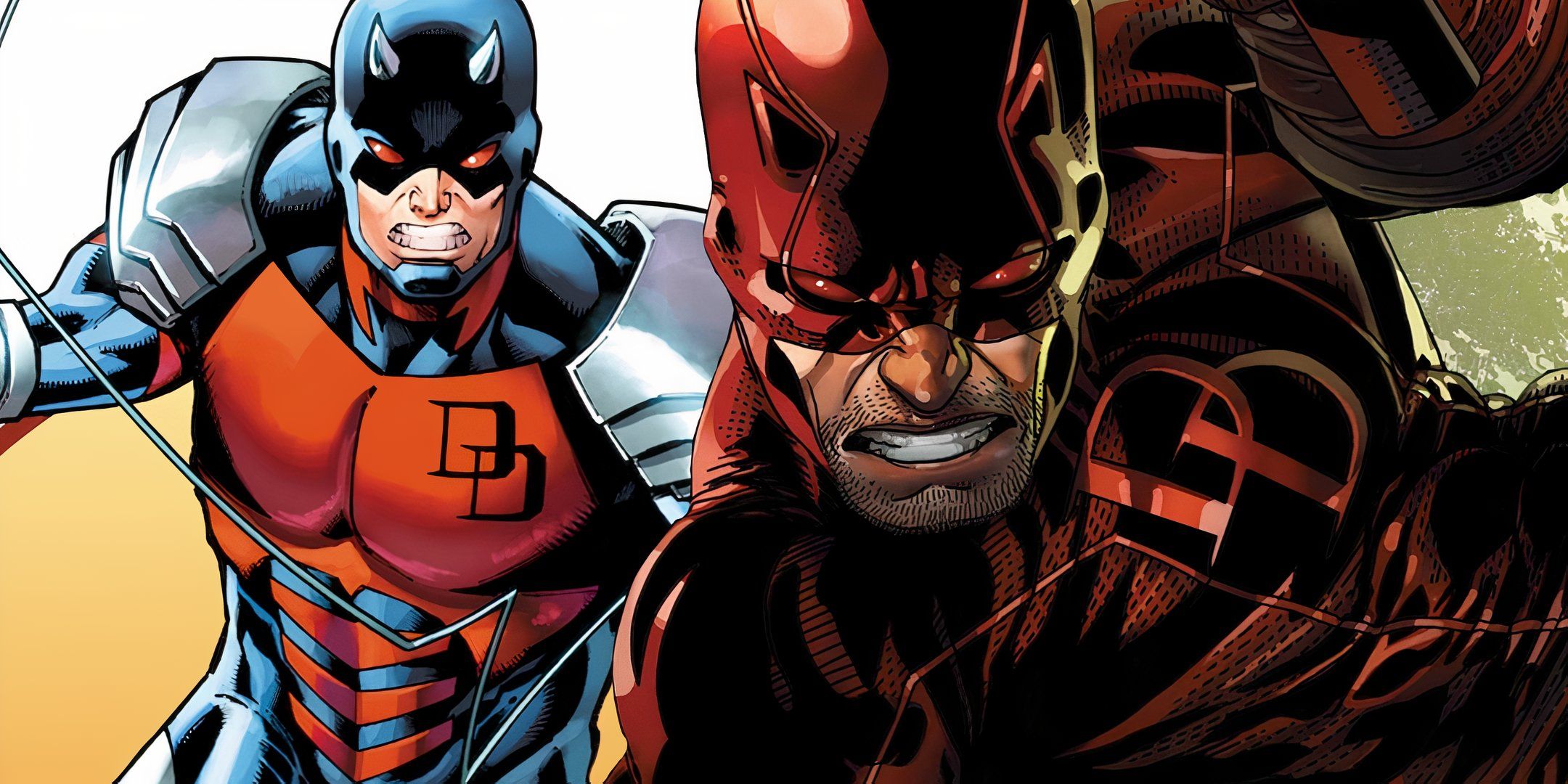
Related
As a Lifelong Daredevil Fan, I Hate How Marvel Just Defined Matt Murdock’s Heroism
Daredevil is a complex character defined by many traits, but Marvel controversially reduces him to just one (& I am absolutely raging about it).
Alas, Catholic guilt doesn’t pass over easily, especially for Daredevil. Matt is once again overcome and overwhelmed by his guilt, but that’s largely the basis of this arc. It’s not about Matt learning he has Catholic guilt, but how harmful, unhealthy, and counter-productive to Daredevil’s mission his guilt is. Catholic guilt and other negative traits are soon conceptualized as his terrifying opposite, the One Who Fears, making it all the clearer to Daredevil that he must overcome traits like Catholic guilt, along with learning to put aside his pride, lust, wrath, and other such “sins.”
What Does Daredevil Need to Understand Going into His Next Era?
Did This Daredevil Arc Help Matt Murdock Learn the Right Lessons?
Daredevil wears the words of the child at St. Nick’s, Chloe, like a badge of honor that he’s finally willing to accept. He accepts not only her words and his Catholic guilt, but his place in the larger scheme of the world and, in his mind, God’s plan for him. This is an easier pill for Matt to swallow when understanding that, yes, he made mistakes, but Daredevil always tries and has the best intentions in mind. The same can even be said about Daredevil during the previous Zdarsky and Checchetto run.
During the previous run, Daredevil burns bridges with the Avengers, releases a sea of supervillains from prison, and, in an effort to defeat them, inadvertently helps ascend the Hand to further power. However, he did make every effort he could – as extreme as his methods were – to make things better. Daredevil’s intentions were always pure, and as long as they remain pure, and he reminds himself of his purity, then his next run sets him up to be the hero he needs to be.
Daredevil #19 is available now from Marvel Comics.

